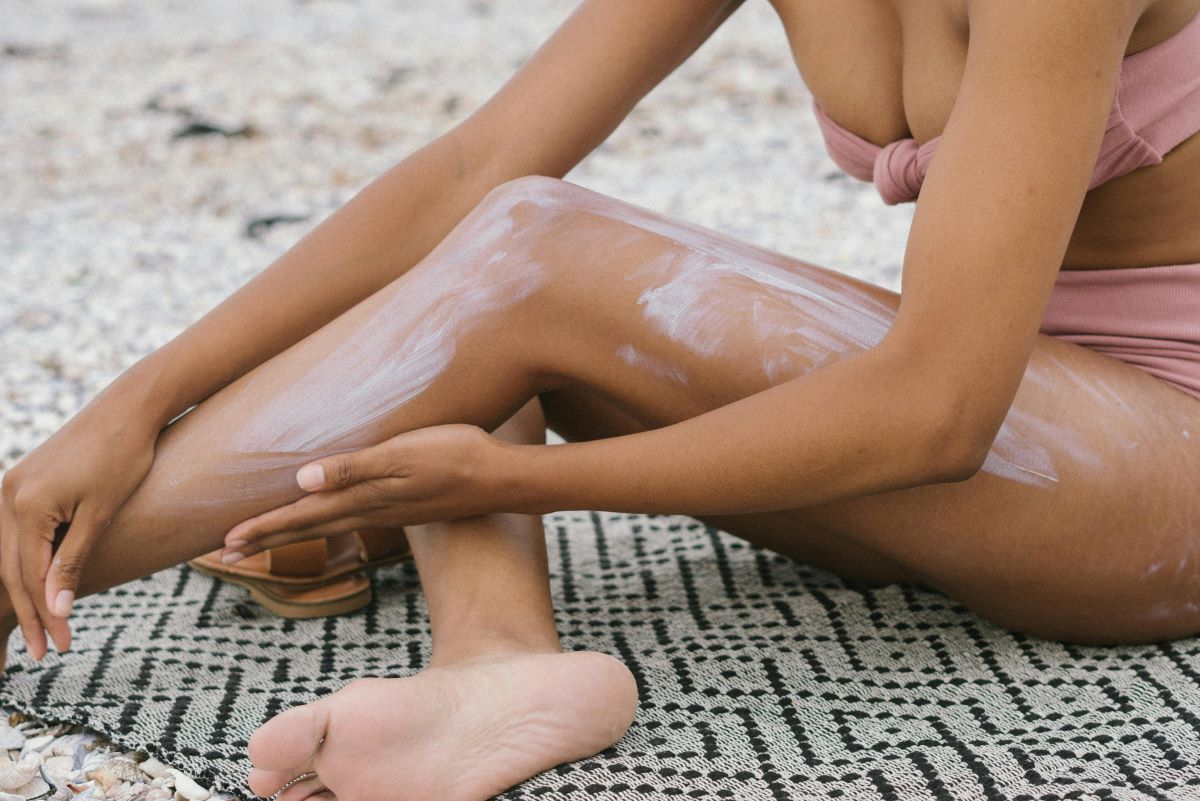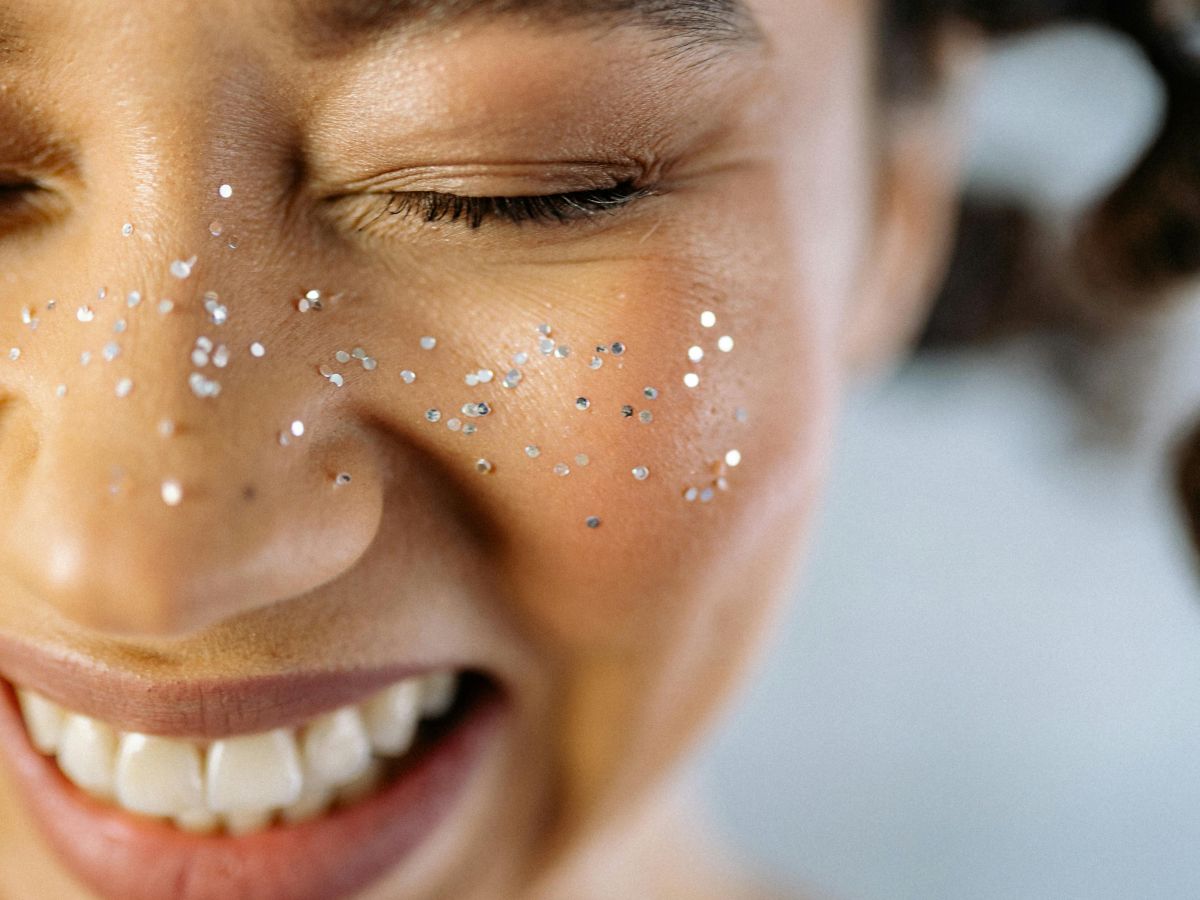Lubricate, lubricate, lubricate. In sustainable care, you are normally advised to be sparing with creams and make-up. But with sunburns, the opposite applies. Apply generously and regularly - every two hours is the advice - to protect your skin from the sun. But... all that smearing may be good for you, but it is not always kind to nature. Fortunately, it can be done differently. We share four things to look out for when choosing (and applying!) eco-friendly sunscreen.
Choosing the best sunscreen
Eco-friendly sunscreen: what makes a sunscreen better or worse for the environment? It is partly in the filter that protects your skin from the sun. In fact, some chemical UV filters are so harmful to marine life that they are now banned in places like Hawaii. Microplastics are also unfortunately still found in sunscreen. But beware: all experts agree: applying less is not a good idea. Good sun protection is extremely important to keep your skin healthy and reduce the risk of skin cancer. So apply generously, with at least SPF30 and a sunscreen that contains both UVA and UVB filters. (UVA = protection against skin ageing, UVB = protection against skin burning. You need both for good protection). And yes: you can make an eco-friendly choice in that too. We explain it to you step by step.
1. Which UV filter do you choose?
The filter in your sunscreen is perhaps the most decisive factor when choosing an eco-friendly sunscreen. Some chemical UV filters, such as oxybenzone and octinoxate, are so harmful to marine life that they have now been banned in places like Hawaii. They can bleach coral and affect the DNA of fish and oysters. Octocrylene and ethylhexyl methoxycinnamate (EHMC) are also increasingly associated with damage to marine life.
That is why it is good to know what kind of filter is in your sunscreen. This is because sunscreens protect your skin with UV filters, and these come in two types: mineral and chemical. Mineral filters - such as zinc oxide and titanium dioxide - stay on your skin and reflect the sun. They are therefore also called ‘physical’ or ‘mechanical’ filters. Chemical filters - such as avobenzone or octocrylene - actually move into your skin, where they convert UV radiation into heat. Many sustainable sunscreen brands choose mineral filters because they are generally less harmful to the environment. They wash away less quickly and are usually not harmful to coral and marine life. But: they can leave a white haze, which is why they are sometimes processed with nano particles to spread better. But then there are other concerns about that. Coming up in a moment.
And this is yet another reason why the story is not so black and white. Because even beyond mineral filters, there are now chemical variants and combined UV filters on the market that are kinder to the environment. Chemical filters like avobenzone, homosalate and octisalate score better in recent research than the well-known harmful substances like oxybenzone and octinoxate. Some sunscreens combine these safer chemical filters with non-nano mineral ingredients which fortunately means there are many more better sunscreen brands on the shelves these days.
Nano particles in eco-friendly sunscreen
Many mineral sunscreens leave a white haze on your skin. Not so charming, and especially not nice at all. That's why some sunscreens are made with nano particles: super-small particles of zinc oxide or titanium dioxide that spread better and are less visible on the skin. Sounds convenient, but there are concerns. These particles are so small that they may end up in your skin and in the environment. Whether this is really harmful is still under investigation. On labels, you can recognise them by terms like zinc oxide (nano) or titanium dioxide (nano). Want to be on the safe side? Then choose a sunscreen with mineral filters without nano particles, also known as ‘non-nano’. There are now brands that have developed lubricating formulas without nano, and this is an environmentally conscious and finely spreadable choice with no white haze.
2. Avoid microplastics in sunscreen
Sunscreen in particular often contains very, very many microplastics. Shocking but true: research by the Plastic Soup Foundation shows that there can be between 10 and 100 trillion microplastic particles in a single tube of sunscreen. That's 10,000,000,000,000 to 100,000,000,000,000,000 particles per tube! And it is precisely the very smallest particles that pose the greatest risk, as they easily end up in the food chain and can even be absorbed into the tissues of animals. A handy way to detect microplastics in sunscreen is the free app Beat the Microbead from Plastic Soup Foundation. Use the app to scan the ingredient list of your sunscreen, and you will instantly see if the product contains (potentially) microplastics.
Note: terms like ‘microplastic-free’ or ‘coral-friendly’ on packaging do not always say it all. Official legislation still allows the use of liquid microplastics, while Plastic Soup Foundation considers them to be especially harmful. So rather trust the outcome of the Beat the Microbead-app than on fancy marketing claims.
3. Choosing vegan sunscreen
On sunscreen packaging you will regularly see claims such as vegan and cruelty-free. Sounds good, but these terms are not legally protected. Anyone can use them and there is regular confusion about their meaning. A sunscreen is vegan if it contains no animal ingredients ánd if no animals were used in its production. Cruelty-free only means that the product has not been tested on animals. A sunburn can therefore be vegan, but still be tested on animals (e.g. for sale outside Europe). The reverse also occurs: a product can be animal-free but still contain animal ingredients, such as beeswax or wool fat.
Do you really want to make a conscious choice? Then look out for official labels such as Leaping Bunny, PETA-Approved or The Vegan Society. These do offer a guarantee that you are on the right track. Want to know more about these terms and the pitfalls surrounding them? Then read our extensive article on vegan and cruelty-free beauty.


You can choose sunscreen more environmentally friendly, but the most important thing is to keep applying it every two hours in summer to protect your skin properly. Therefore, always choose a sunscreen with UVA and UVB filter, and in addition you can look at the type of filter. Some filters can harm marine life.
4. Good lubrication habits
How often should you lubricate? There is a handy mnemonic for that. Most people get sunburn after about ten minutes unprotected in the sun. Multiply that number by the SPF factor of your sunscreen: so at SPF30, 10 × 30 = 300 minutes of protection. Sounds like half a day, but in practice you quickly lose effect by swimming, sweating and drying off. So the advice is: reapply at least every two hours - and rather too often than too little.
And while you are applying sunscreen, do it smartly. Because even with eco-friendly sunscreen, how you apply it makes a difference. So you avoid wasting and protect yourself better:
- Spread generously. Think of the amount you would spread on a peanut butter sandwich, which can be quite a large amount.
- Apply on time. Greasing at home works better than applying another layer quickly at the beach.
- Avoid the peak sun. Between noon and 3pm, the sun is strongest. Seek shade and lubricate extra well.
- Wear protective clothing. A UV shirt saves sunburn and protects better, especially while swimming.
- Leave sprays. They are easy, but waste a lot and blow or wash away quickly.
- Check shelf life. An opened tube is usually good for about six months - after that the effect diminishes.
- Always keep babies out of the direct sun. Their skin is still developing and much more vulnerable than that of adults.


Always grease children with a high UV factor (preferably factor 50). It is also a tip to put a UV shirt on children to protect them from the sun, especially between 12:00 and 15:00 in the afternoon.
Eco-friendly sunscreen: what to look out for?
Choosing an eco-friendly sunscreen is quite a quest. But if you look at it step by step - from the type of UV filter to microplastics, and from animal ingredients to how you lubricate - you soon get a little more guidance. We have deliberately left out the packaging in these tips, as it plays a relatively minor role compared to the contents. You can read more about packaging in this article. So don't be fooled by packaging that looks durable: what matters is what's inside. Still finding it hard to choose? No worries: we have made a handy list of our favourite more sustainable sunscreen brands.
Sources: kwf.nl, enveurope.com, skin-doctor.com, Plastic Soup Foundation, Angela Ursem (founder Food for Skin), Babette Porcelijn (author The Hidden Impact). Photo credits: main image: RF._.studio (Pexels), other: legs with SPF: Anntarazevich (Pexels) & beach bag: Lea Schmer (Pexels), Girls in the sea: Yulia Kuzenkov (Pexels), baby on beach: Kindel Media (Pexels).












